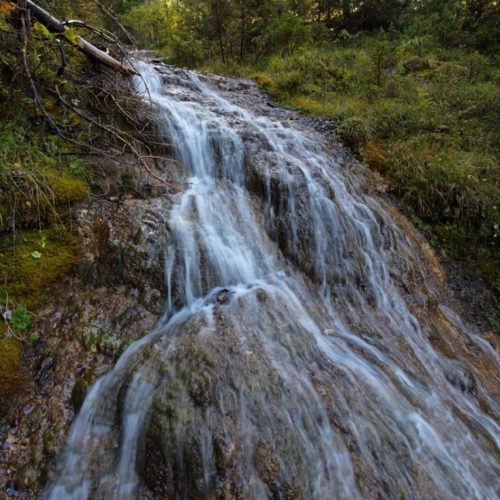News
Keep Nature Alive
European Network of nature protection areas under threat
Time to act
Strong environmental laws are vital to protect nature within the EU. In the next few months EU citizens have the opportunity to participate online in a consultation process to ensure that these laws are not going to weakened or undermined in any way. The consultation process is now open and remains so till July, 24th 2015. Anyone who wants to take part in process should go to the “Fitness Check” website and fill in the questionnaire. Environmental NGOs also created a website to offer help with the questionnaires, as some might find the questions to be too technical.
WWF and other environmental NGOs raise concerns about the started “Fitness Check” of the EU Birds and Habitats Directives. With this, the European Commission wants to evaluate how expedient, efficient and modern the directives are. According to WWF and several other NGOs, there is a risk that this will have a negative impact on Natura 2000 sites across the European Union, including the planned Transboundary Biosphere Reserve Mura-Drava-Danube (TBR MDD).
Background
Natura 2000 is the cornerstone of conservation in the European Union. In order to preserve biodiversity and halt the extinction of countless animal and plant species, two regulations were adopted within the EU: the Birds and Fauna-Flora-Habitats Directive. Natura 2000 sites are protected areas which are designated under those two directives. In total, the Natura 2000 network covers about 26,000 areas or 19 percent of the European Union. Natura 2000 is the largest ecological network in the world and it includes the most valuable natural resources in Europe. Also, a large area in the future TBR MDD in Austria, Croatia, Hungary and Slovenia is protected under Natura 2000; a weakening of Natura 2000 therefore poses a threat to this unique area.
Does it work?
Natura 2000 obliges all EU member states to preserve or restore areas of threatened habitats and species. While this has led to some success in the past, many of the Natura 2000 areas have actually deteriorated and within Europe, there are still 60% of species and 77% of habitats under threat. In the light of this, it is even more important to keep the strong network of protected areas and not soften this essential tool of nature protection.
Why Natura 2000?
Natura 2000 sites are not just beneficial for nature, but they also offer great benefits to humans. People can use Nature 2000 sites for recreational activities such as hiking, biking, kayaking, etc., as long as it does not have any detrimental effects on nature. Further, equally important benefits of Nature 2000 areas are for example: clean air & water, which leads to better health and wellbeing, effective flood protection due to natural, free-flowing rivers, creation of “green jobs” in accordance with Nature Conservation etc. Also within the planned 5-country TBR MDD, the protection of the area goes hand in hand with sustainable use, which in turn will bring multiple benefits for the local communities. However, this is only possible, if strong directives stay in place.
“The review of the nature directives shall not serve as a pretext to weaken the law and therefore make it easier to build new hydropower plants or to open ski slopes in protected areas”, says Arno Mohl, nature conservation expert at WWF. “We fear that by softening the EU nature conservation directives habitats and species which had nearly died out like the white-tailed eagle, otter or beaver and have finally recovered thanks to their strict protection status may even be shot again and also that valuable habitats may have to give way for economic interests”, Mohl adds.



